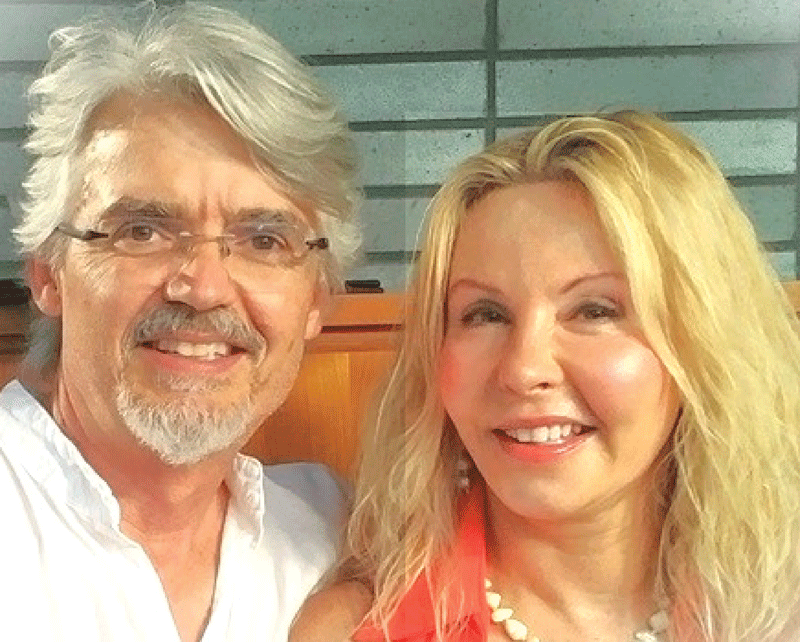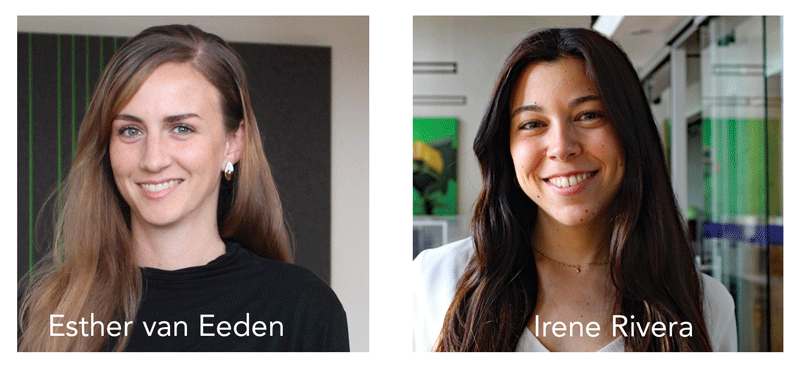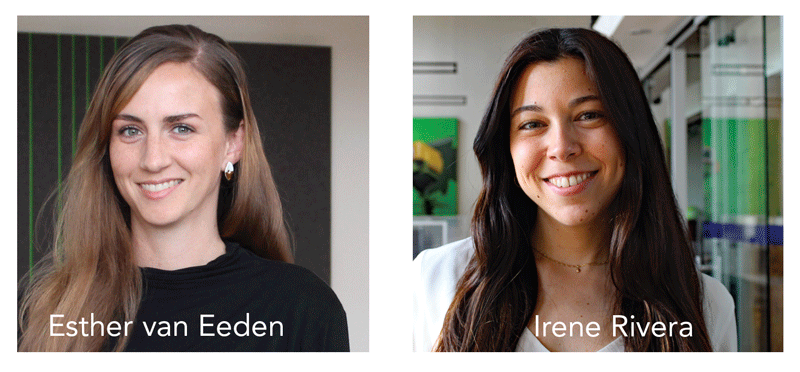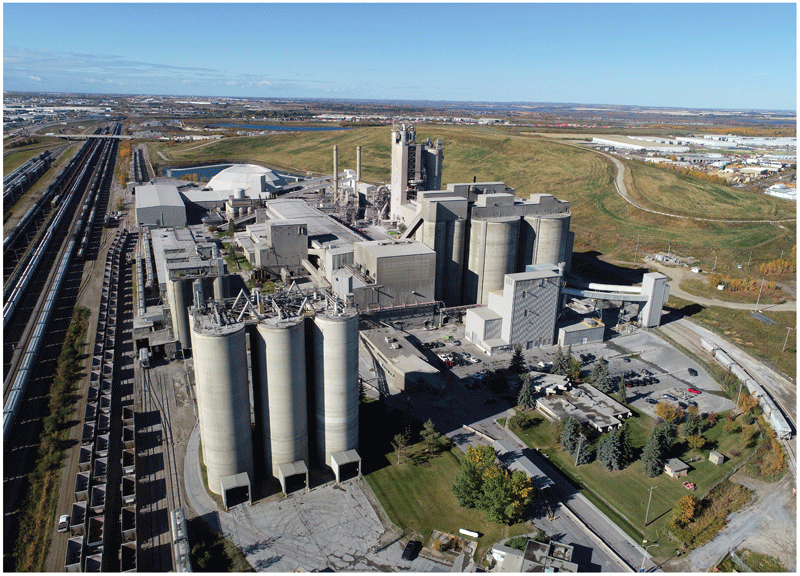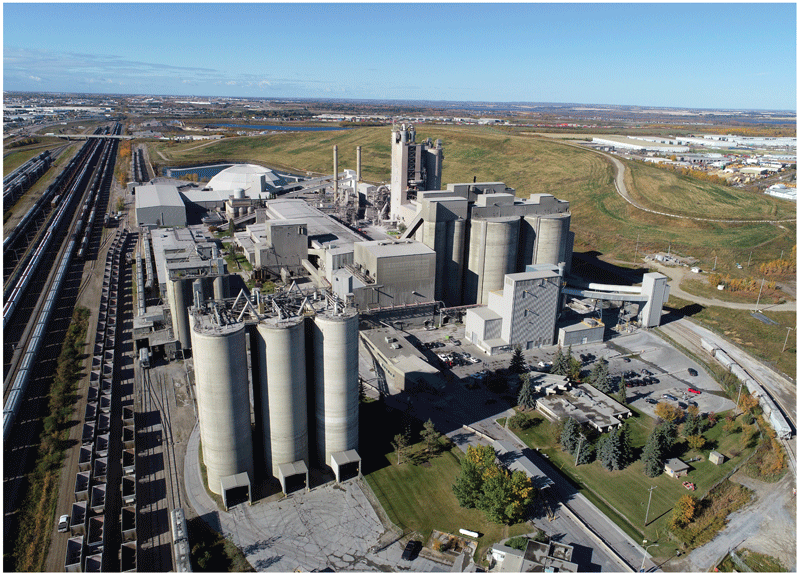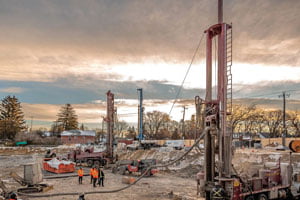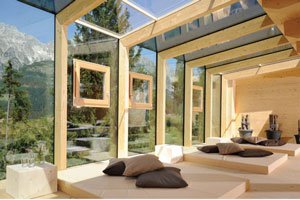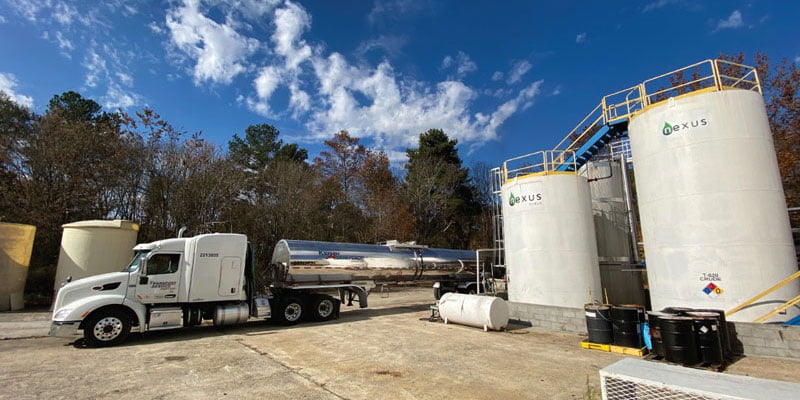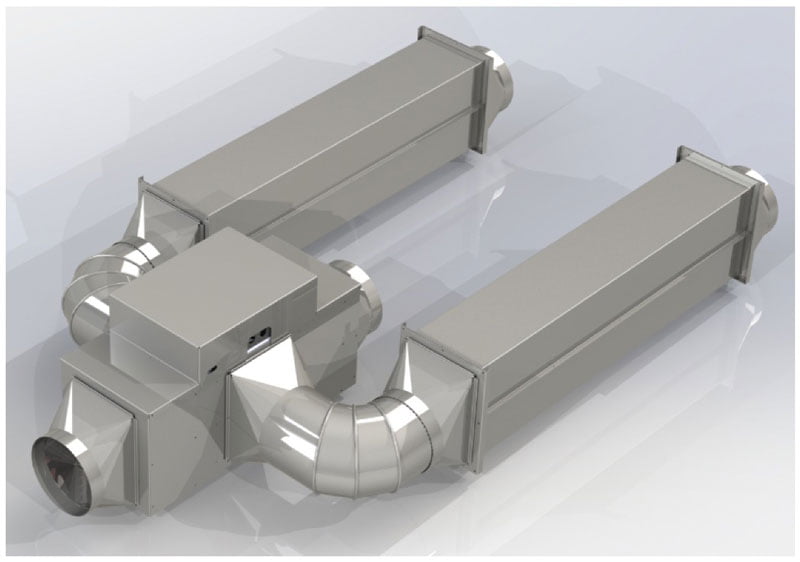1. It could be said that The Wellington Building is an unusual infill in the historic district of Saint John. What was the design mandate from the client?
Our client, Saint John Non-Profit, wanted a project that could show that low-cost housing and energy efficient housing did not have to be boring. It really started that simple! On top of that, the next layer was to create a design that not only fit into its urban context but also tried to elevate the design to feel aspirational and integrated and to feel non-institutional in its approach and visual reading.
2. What was your design approach given that this site is in historic Saint John?
Our approach to tackling this multi-faceted challenge was to start with the immediate context and let the design flow from there. Rather than create a giant box (making a more institutional feel), we looked to the historic Loyalist House across the street to cues. Acre stepped the building back from the site corner in two tiers so that the experience of coming down the street was such that the Wellington building does not block views to this historic structure. This set the building into three volumes and, from there, we looked to the façade to further distinguish this project by offsetting the window placement on each floor and highlighting the window framing with an accent colour.
3. How did you decide about Passive House construction?
Passive House was an easy choice from the beginning. As our client keeps their rental housing stock (as opposed to ‘flipping it’ once complete) the board at Saint John Non- Profit loved the idea that the lower long term energy costs will result in long term savings and therefore lower rents, which is part of their mandate, all while providing superior indoor comfort. The idea that the construction process also has multiple third-party tests to make sure the build is being constructed to the high-level specifications was also reassuring to the team as it showed them they are getting what the paid for!
4. Why did you opt for the steel cladding, and did it require any special details?
The design team chose to use ubiquitous corrugated steel cladding in part to show that you can design a beautiful (in our mind!) project using the most basic materials as long as there is thought put into the details. We focused the design detailing to highlight the offset windows by creating coloured and protruding frames in metal that when read as a whole, create a custom feel to the façade. This again, helps show that a sustainable and low-cost housing project does not have to be boring, but rather a catalyst for development in our city.
The Passive House Wellington Building with Vicwest exterior metal cladding system which was detailed for a custom feel.
5. As a mix of market rate and affordable units, how did you address the latter?
Part of our strategy in designing this mix of affordable and market units was to create a community design and layout that would allow residents to age in place in this building. If you started in the affordable units, and over time end up in a market unit, you could still stay in the building as you got older and less mobile. To achieve this, we turned the whole design into Universal Design which allowed us to make things accessible to everyone regardless of their physical ability, age, or income. The comfort of Passive House design again levelled the playing field between the units as well. Today we’re excited to have also designed the new restaurant Abuelitas that occupies the ground level that activates the public realm and building.


